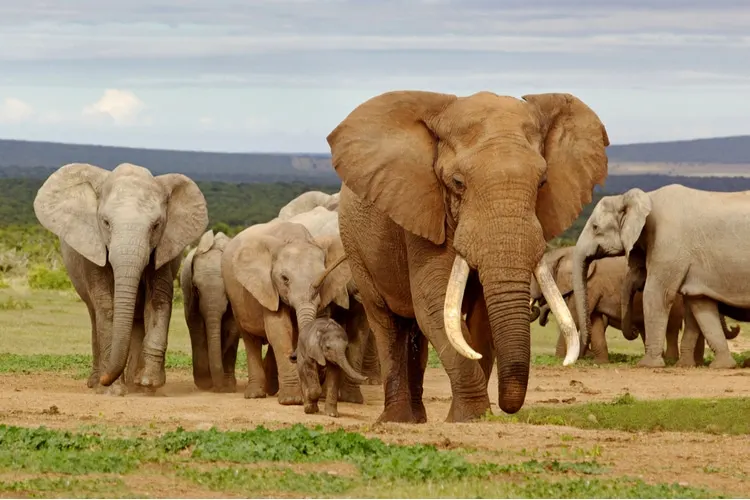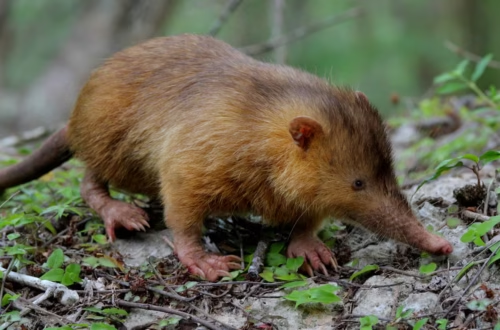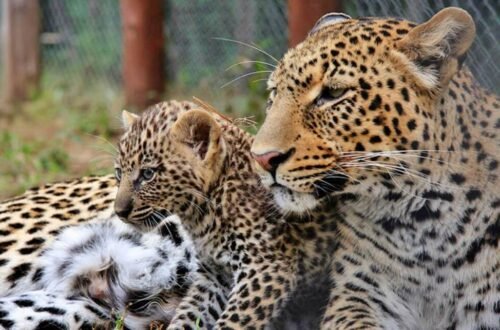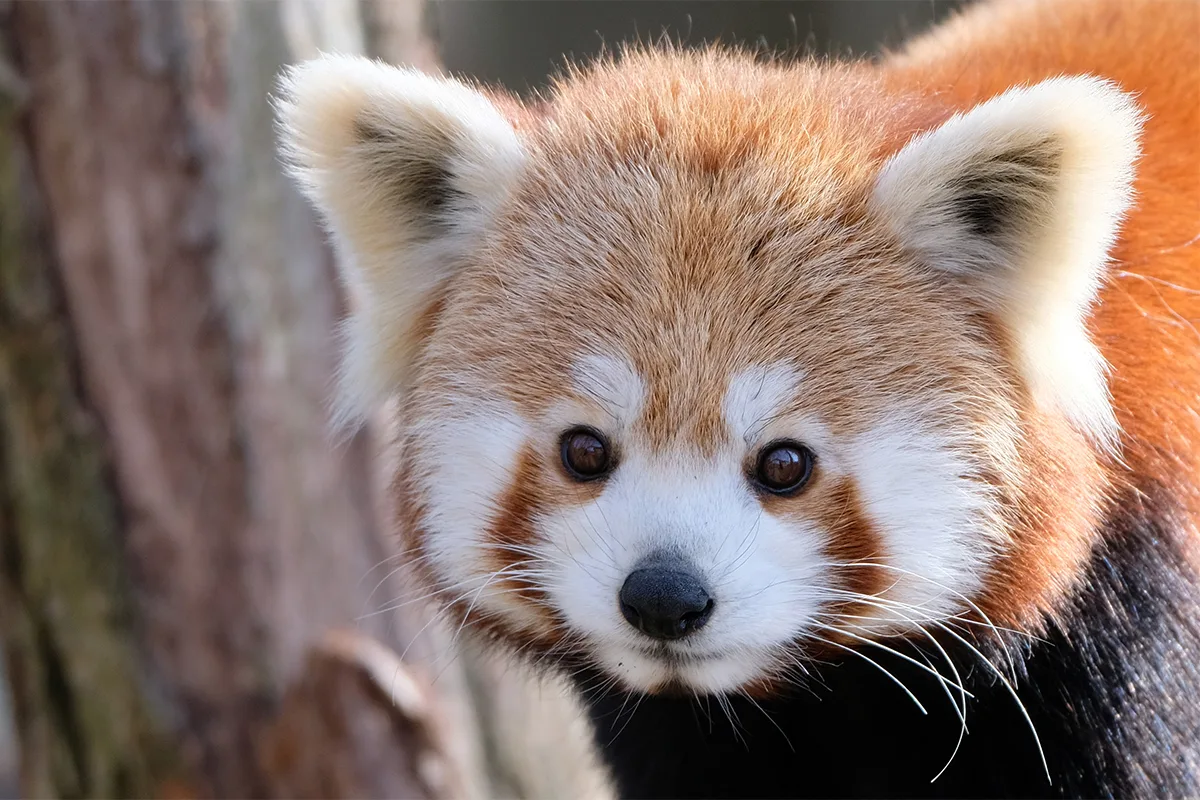Africa’s wildlife is a tapestry of raw beauty, untamed spirit, and jaw-dropping diversity. From the thunderous stampede of wildebeests to the silent stalk of a leopard, the continent’s ecosystems pulse with life. This article takes you on a journey through 25 iconic African animals, blending fascinating facts, conservation insights, and tips for spotting them in the wild. Whether you’re planning a safari or simply curious about the creatures that roam Africa’s savannas, forests, and wetlands, this guide is your ticket to understanding the continent’s most remarkable wildlife.
Why Africa’s Wildlife Captivates the World
Africa is home to over 1,100 mammal species and 2,300 bird species, making it one of the planet’s most biodiverse regions. Its landscapes—spanning savannas, rainforests, deserts, and wetlands—support an incredible array of creatures, each adapted to thrive in its unique environment. For me, the magic of African wildlife hit home during a trip to Kenya’s Masai Mara, where I watched a cheetah sprint across the plains, a blur of grace and power. That moment sparked a lifelong fascination with these animals and their stories.
The Big Five: Africa’s Most Famous Animals
The term “Big Five” originated from hunters but now symbolizes conservation and awe. These five animals—lion, elephant, buffalo, leopard, and rhino—are safari superstars, drawing millions to Africa’s national parks.
Lion
Lions, the kings of the savanna, live in prides of up to 30 members, led by a dominant male. Their roars can be heard 8 km away, a sound that sent shivers down my spine during a night in Tanzania’s Serengeti. Best spotted in Tanzania’s Ngorongoro Crater or Kenya’s Masai Mara, lions face threats from habitat loss and human-wildlife conflict.
African Elephant
African elephants, split into savanna and forest species, are the continent’s largest land mammals. The savanna elephant, which I’ve seen bathing in Botswana’s Chobe River, can weigh up to 6,000 kg. Both species are endangered due to poaching and habitat loss, with forest elephants critically endangered.
African Buffalo
African buffaloes form herds of up to 2,000, their curved horns a striking feature. I once saw a herd in South Africa’s Kruger Park, their collective strength intimidating even lions. They’re widespread but dangerous if provoked, requiring caution on safaris.
Leopard
Leopards are elusive, their spotted coats blending into trees and grasslands. I’ve only glimpsed one in Zambia’s South Luangwa, its eyes glinting in the dusk. They’re solitary hunters, thriving in diverse habitats but vulnerable to habitat fragmentation.
Rhinoceros
Black and white rhinos, both critically endangered, are poaching victims due to their valuable horns. I visited a sanctuary in South Africa where conservationists work tirelessly to protect them. Spot them in Namibia’s Etosha or South Africa’s Kruger Park, but always with a guide.
Lesser-Known Mammals That Steal the Show
Beyond the Big Five, Africa’s wildlife includes unsung heroes with quirky traits and vital ecological roles.
Aardvark
The aardvark, a nocturnal termite-eater, uses its long snout to sniff out prey. Its burrowing habits, which I learned about in Namibia, aerate soil and benefit ecosystems. Spot them in East Africa’s scrublands, though their shyness makes sightings rare.
Pangolin
Pangolins, with their scaly armor, are the world’s most trafficked mammals. I’ve never seen one in the wild—they’re nocturnal and endangered—but their role in controlling insect populations is crucial. Look for them in South Africa’s reserves.
African Wild Dog
African wild dogs, with their mottled coats, are pack hunters with an 80% success rate. I watched a pack in Botswana’s Okavango Delta, their teamwork awe-inspiring. Endangered due to habitat loss, they’re best seen in Botswana or Zimbabwe.
Cheetah
The fastest land animal, reaching 60 mph, the cheetah is a sprinting marvel. I saw one in Namibia’s Etosha, its slender frame built for speed. With only 7,000 left, conservation is urgent. Visit Namibia or Kenya for sightings.
Giraffe
Giraffes, the tallest mammals, have four species, each with distinct patterns. Their 45 cm tongues, which I saw pluck acacia leaves in Tanzania, are a marvel of evolution. They’re vulnerable to habitat loss, best spotted in Tanzania’s Serengeti.
Unique Antelopes of Africa
Africa’s antelopes are diverse, from the tiny royal antelope to the massive giant eland. Their grace and variety never cease to amaze.
Giant Eland
The giant eland, found in Central Africa’s savannas, is the largest antelope, standing up to 1.8 meters tall. I learned of their shy nature from a guide in Cameroon. They’re rare, so visit Central African Republic reserves for a chance to see them.
Roan Antelope
Roan antelopes, with their elegant horns, are wary but brave against predators. Their declining numbers in Botswana, where I heard about their conservation, are concerning. Look for them in Chobe National Park.
Sable Antelope
Sable antelopes, with their glossy coats, are stunning yet combative. A ranger in Zambia shared tales of their lion-defying courage. They’re rare, so try South Africa’s reserves for sightings.
Primates That Define Africa’s Forests
Africa’s primates, from baboons to gorillas, showcase intelligence and complex social lives.
Baboon
Baboons, with dog-like faces, live in troops of up to 250. I saw a chaotic troop in South Africa’s Cape Peninsula, their social dynamics fascinating. All five species are widespread, with Guinea baboons near threatened.
Mountain Gorilla
Mountain gorillas, our closest relatives, live in Rwanda’s Volcanoes National Park. My trek to see them was life-changing—their gentle eyes left me speechless. Critically endangered, they’re a conservation success story.
Chimpanzee
Chimpanzees, highly intelligent, thrive in Central Africa’s forests. I heard their calls in Uganda’s Kibale Forest, a reminder of our shared ancestry. They’re endangered, so book a guided trek in Rwanda or Uganda.
Birds That Light Up Africa’s Skies
Africa’s 2,341 bird species add color and song to its landscapes. Here are some standouts.
Shoebill
The shoebill, with its massive bill, hunts in Central Africa’s swamps. Its prehistoric look, which I saw in Zambia’s Bangweulu Wetlands, is unforgettable. They’re vulnerable, so visit with a guide.
African Penguin
African penguins, critically endangered, waddle along South Africa’s coasts. I watched them dive at Boulders Beach, their charm undeniable. Food shortages threaten them, so support conservation efforts.
Ostrich
Ostriches, the largest birds, sprint at 45 mph. I saw a flock in South Africa’s Kgalagadi, their speed astonishing. They’re widespread but face habitat pressures.
Reptiles and Amphibians of Note
Africa’s reptiles, though less cuddly, are vital to its ecosystems.
Nile Crocodile
Nile crocodiles, growing up to 6 meters, are apex predators. I saw one basking in Botswana’s Okavango Delta, its power palpable. They’re widespread but dangerous, so stay cautious.
Black Mamba
The black mamba, Africa’s deadliest snake, can kill with a single bite. A guide in Kenya warned me of their speed—up to 12 mph. Avoid them in Sub-Saharan grasslands.
Other Fascinating Creatures
Africa’s diversity extends to smaller, equally captivating animals.
Aardwolf
The aardwolf, a small hyena, eats up to 250,000 termites nightly. Its nocturnal habits, which I learned about in Namibia, make it elusive. Try East Africa’s scrublands for sightings.
Honey Badger
Honey badgers, fearless and tough, eat anything from cobras to honey. A South African ranger’s story of their tenacity had me laughing. Spot them in South Africa’s Kalahari.
Wildebeest
Wildebeests, known for their massive migrations, number in the millions. I witnessed the Great Migration in Tanzania, a spectacle of survival. Visit Serengeti or Masai Mara for this.
Zebra
Zebras, with their iconic stripes, confuse predators with their patterns. I saw a herd in Botswana, their dazzle effect mesmerizing. They’re common in East and Southern Africa.
Conservation Challenges and How to Help
Many of these animals face threats—poaching, habitat loss, and human-wildlife conflict. Lions have lost 90% of their historic range, while African penguins are critically endangered due to food shortages. Conservation organizations like the African Wildlife Foundation and The Nature Conservancy are fighting back, but they need support.
- Donate: Support groups like WWF or local sanctuaries.
- Eco-Tourism: Choose sustainable safari operators.
- Spread Awareness: Share facts about endangered species.
Where to Spot These Animals
| Animal | Best Locations | Conservation Status |
|---|---|---|
| Lion | Serengeti (Tanzania), Masai Mara (Kenya) | Vulnerable |
| African Elephant | Chobe (Botswana), Kruger (South Africa) | Endangered |
| Cheetah | Etosha (Namibia), Masai Mara (Kenya) | Vulnerable |
| Mountain Gorilla | Volcanoes NP (Rwanda) | Critically Endangered |
| African Penguin | Boulders Beach (South Africa) | Critically Endangered |
Pros and Cons of Safari Travel
Pros:
- Unforgettable wildlife encounters.
- Supports conservation through tourism.
- Educational and culturally enriching.
Cons:
- Can be expensive.
- Risk of disturbing wildlife if not done responsibly.
- Long travel times to remote areas.
People Also Ask (PAA)
What are the Big Five animals in Africa?
The Big Five are lion, elephant, buffalo, leopard, and rhino, iconic for their size and historical hunting difficulty. They’re must-sees on safaris, with prime spots in Tanzania and South Africa.
Where can I see African wildlife?
Top destinations include Tanzania’s Serengeti, Kenya’s Masai Mara, South Africa’s Kruger Park, and Botswana’s Okavango Delta. Book with reputable operators like Nkuringo Safaris for guided tours.
What is the most endangered animal in Africa?
The African forest elephant and African penguin are critically endangered, facing poaching and food shortages. Conservation efforts are critical to their survival.
How can I help African wildlife?
Donate to organizations like The Aspinall Foundation, choose eco-friendly safaris, and advocate for wildlife protection. Every small action counts.
FAQ Section
What is the fastest animal in Africa?
The cheetah, capable of 60 mph sprints, is the fastest. Spot them in Namibia’s Etosha or Kenya’s Masai Mara for a chance to see their speed in action.
Are African animals dangerous?
Some, like lions, buffalo, and black mambas, can be dangerous if provoked. Always follow guide instructions and stay in vehicles near large mammals.
What’s the best time for a safari?
Dry seasons (June–October) are ideal, as animals gather near water sources, making them easier to spot. Check park-specific guides for details.
How do I choose a safari operator?
Look for operators with eco-certifications, experienced guides, and positive reviews. Websites like Expert Africa offer tailored planning tools.
Can I see these animals outside national parks?
Some animals, like baboons or zebras, appear in non-protected areas, but national parks offer safer, more reliable sightings. Always prioritize guided tours.
Conclusion
Africa’s wildlife is a testament to nature’s creativity and resilience. From the majestic lion to the quirky aardwolf, these 25 animals tell a story of survival, adaptation, and beauty. My own encounters—from a gorilla’s gaze in Rwanda to a cheetah’s sprint in Namibia—have left me in awe of their world. Plan your safari with care, support conservation, and let these creatures inspire you. For more on planning your adventure, visit African Wildlife Foundation or Nkuringo Safaris.





